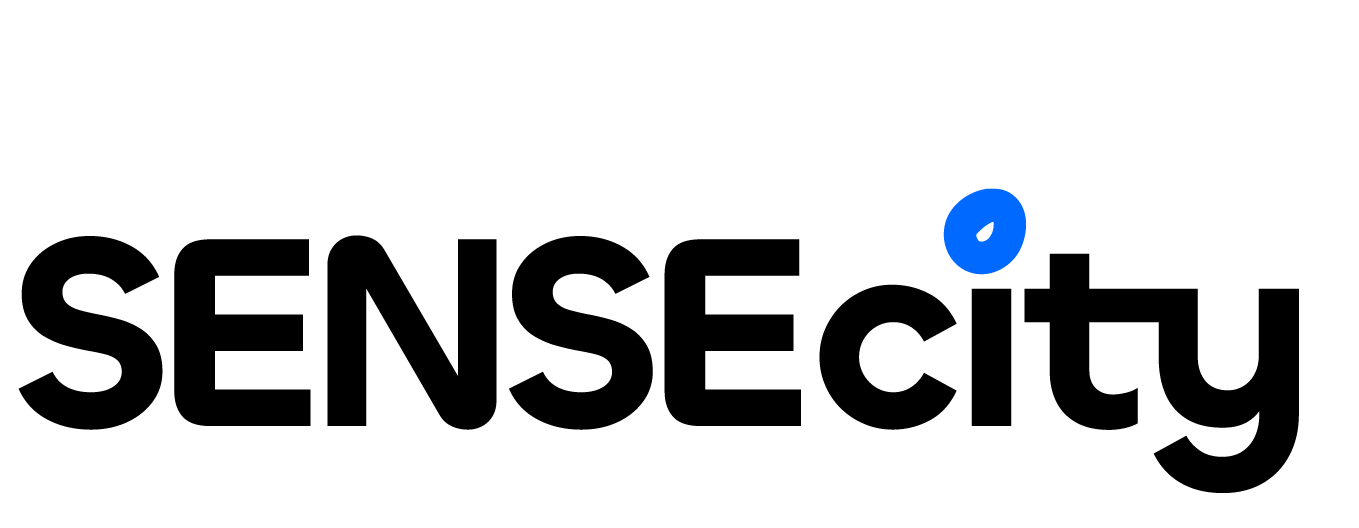Designing an Augmented Reality Experience for Urquhart Castle
Image Source: Historic Environment Scotland
INTRODUCTION
SENSEcity is collaborating with Historic Environment Scotland (HES) on an R&D Project to create new Immersive Heritage Experiences after winning the Creative Informatics (CI) Challenge Project in 2020. These Challenge Projects offer an opportunity for creative and cultural organizations to bring forward challenges relating to their work that require innovative, data-driven solutions.
The Challenge was to develop a new product that would allow visitors to engage more directly with a monument from a precise outdoor viewpoint, by delivering a range of content including historical, reconstructed or inaccessible views. Their R&D priorities were to:
● Develop access to and engagement with new audiences and markets
● Develop new modalities of experience
● Unlock the value of archives and data sets
● Explore new business models for the creative industries
DESCRIPTION
The project looks at developing new immersive experiences at one of Scotland's historic monuments, Urquhart Castle, located on the banks of Loch Ness.
The team has found an opportunity to deploy modern-day experiential tools to explore and learn about the rich past and present culture of the Urquhart Castle in a handy format. Our idea is to:
Research new mediums that deliver immersive experiences.
Build an instrument with an integrated AR Software that takes people back in time.
Design with transferability and broader impact in mind.
Augmented Reality is a tool that can be leveraged to enhance immersive experiences backed by authentic and real-time data. AR superimposes digital content on a user’s view of the world thus adding an extra layer to reality. We’re working with the 3D reconstruction of certain aspects of the narrative of the castle, with a focus on a particular period (all shall be revealed in the next blog).
We’re designing and developing a prototype of an ergonomically designed viewing scope along with an integrated Augmented Reality Software. Both these components act as an integrated system to create an immersive and engaging experience. The aim is to invite users into another dimension, a historical one as they first encounter the site from a key vantage point. Imagine stepping back in time to a point that the castle was in its prime, not yet ruined by the passage of time and battles of long ago.
Here’s what Christopher Muniz, Visitor Experience Project Lead at Historic Environment Scotland has to say:
“We are excited to see SENSEcity responding to our challenge of using augmented reality sensitively within the historic environment. The project aims to enrich our visitor’s sense of place while using technology to broaden their perspective.”
IMPACT & FUTURE ASPIRATIONS
With further technological advancements and Augmented Reality being more democratized and accessible, the prototype will open the range and diversity of the history that is on offer. The prototype has the potential to be rolled out at other HES Sites that are less-visited or accessible to improve footfall and gain attraction. We envisage an explosion of creative applications in live and digital immersive experiences such as surround visuals and sound applications to augmented reality technology.
The original call for the project was to keep transferability in mind and although the current site is Urquhart Castle, it is hoped that there with scalability in mind, we will be able to revolutionize some of the ways we look at Heritage sites across Scotland. The project's focus is in Scotland but draws on an international pool of expertise.
CONCLUDING REMARKS
The project proposal was co-authored and being delivered by:
Pooja Katara, Founder and Director at SENSEcity
Tiomóid Foley, Project Manager and Heritage Consultant at SENSEcity
ABOUT CREATIVE INFORMATICS CHALLENGE PROJECTS
SENSEcity won the 2nd Round of the Creative Informatics Challenge Project where five organizations were selected to progress for funding for 5 separate Challenge Projects. You can find out more about Creative Informatics here.
Image Source: Historic Environment Scotland


